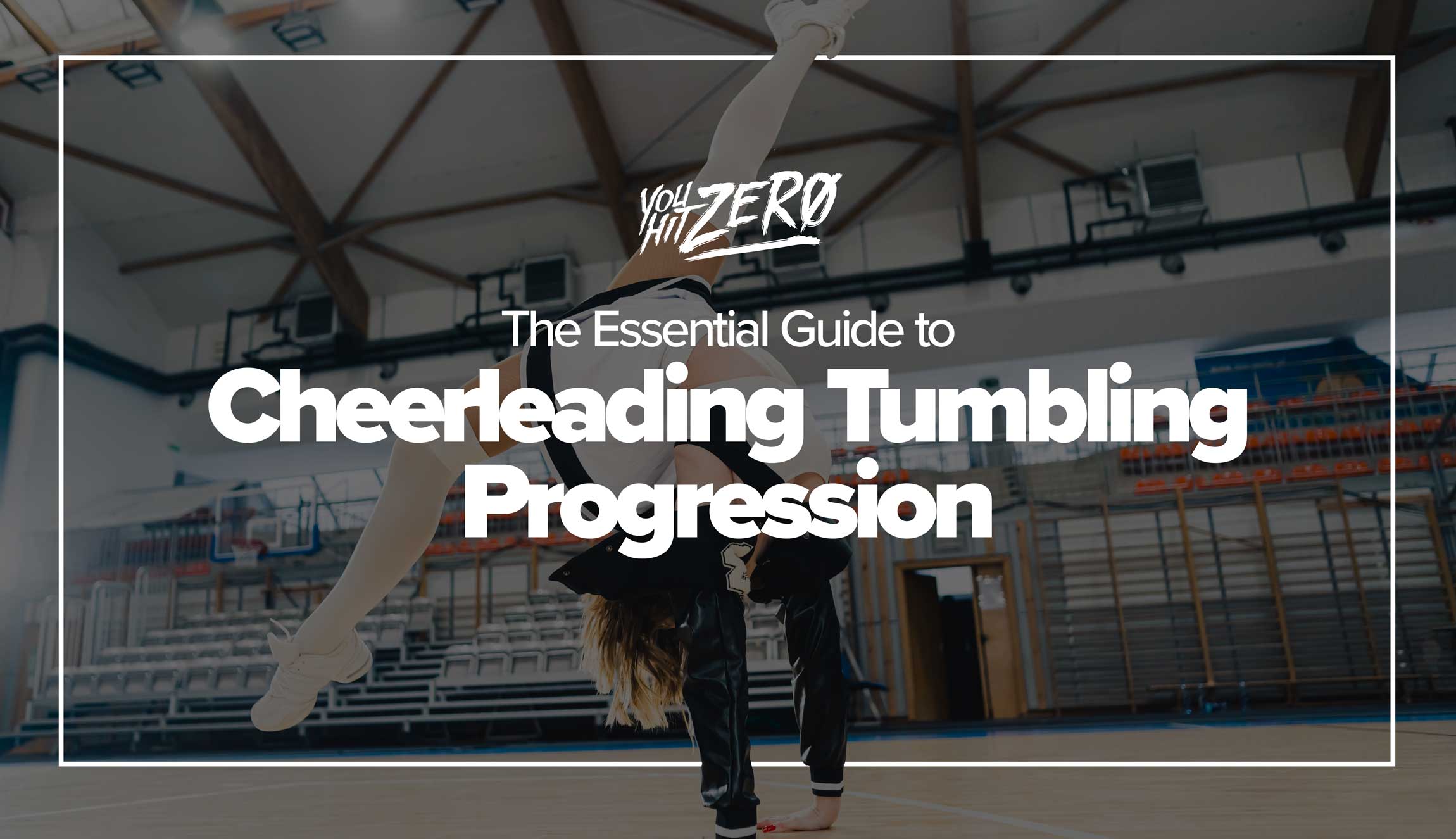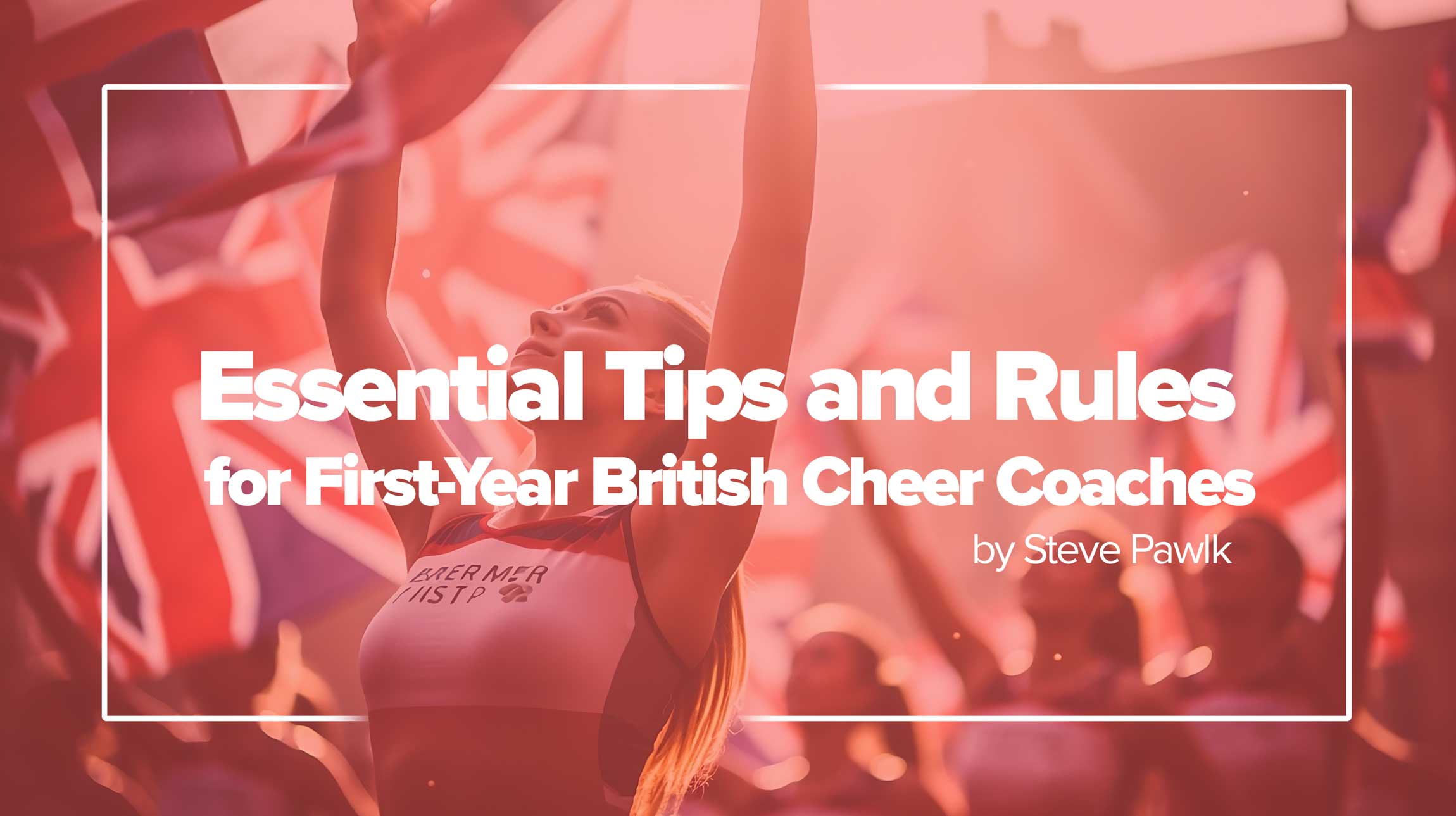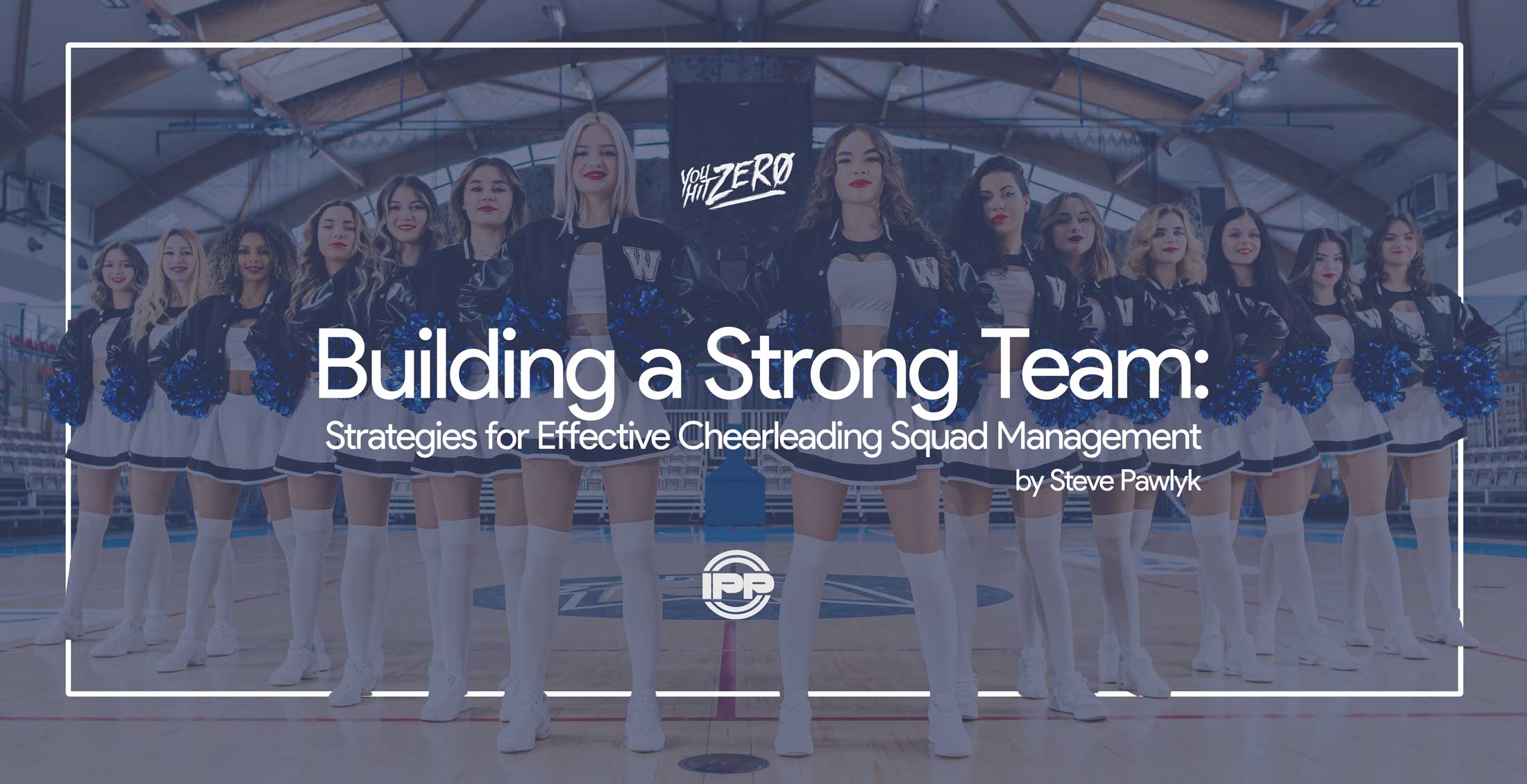By Steve Pawlyk
Published June 29, 2023
Tumbling is an integral part of cheerleading. It enhances the visual appeal of routines and showcases the athletic prowess of the cheerleaders. However, learning tumbling skills is a gradual process that requires consistency, patience, and above all, a clear understanding of progression levels. In this article, we will walk through the tumbling progression guide, breaking down each level to help cheer coaches better structure their athletes’ training.
- Level 1.0: The Foundation
The first level focuses on basic gymnastic skills that lay the groundwork for more advanced moves. At this level, athletes will learn forward and backward rolls, handstands, and cartwheels, as well as handstand snap-downs, bridge downs, and opposite cartwheels. Each of these moves builds core strength, flexibility, and body awareness, critical attributes for future progress.
At Level 1.5, the focus is on slightly more complex skills that build on the foundations set in Level 1.0. Here, athletes start learning moves like 2-step round-offs, power hurdle round-offs, backward roll press ups, and front and back walkovers. The Valdez, a graceful move performed from a seated position, also makes its debut at this level.
- Level 2.0: Introducing the Back Handspring
The back handspring – a cheerleading staple – is introduced at Level 2.0. Also added to the repertoire are round-off back handsprings, front handsprings, front walkover-round-offs, and back extension rolls. These moves require and help develop upper body strength, better control, and enhanced spatial awareness.
- Level 2.5: Mastery of the Back Handspring
Level 2.5 emphasizes the mastery and integration of the back handspring. The goal is to perform multiple back handsprings and seamlessly transition from a front walkover to a round-off back handspring. This level encourages fluidity in motion and lays the foundation for complex tumbling sequences.
- Level 3.0: Daring Heights
By Level 3.0, cheerleaders should be comfortable performing solo and sequence back handsprings. They’re now ready for high-flying moves like round-off back handspring tucks, standing tucks, and aerials. The cheerleader will also start working on coin tosses, punch fronts, and toe touch back handsprings, further expanding their tumbling skill set.
- Level 4.0: Layouts & Advanced Skills
Level 4.0 focuses on layouts and more advanced skills. Athletes start to incorporate skills like the round-off back handspring layout, cartwheel tuck, T-jump tuck, and whip throughs into their repertoire. They will also work on punch front step-outs, front handspring front punches, and Onodis.
- Level 5.0: Full Twisting and Arabians
With a strong foundation in place, Level 5.0 cheerleaders are ready for full twists and Arabians. They’ll also learn whip tucks, toe touch tucks, and standing fulls. At this level, athletes also start practicing fulls with kicks, further enhancing their flexibility and control.
Level 6.0 is the final and most advanced stage in this tumbling progression. Athletes at this level are expected to execute difficult skills like back handspring fulls, whip punch double twists, and Arabian step outs to double twists. They also continue practicing fulls with kicks. Mastery at this level reflects the pinnacle of tumbling proficiency.
Conclusion
The process of learning and mastering tumbling in cheerleading is a journey that requires patience, practice, and persistent effort. By understanding and following this tumbling progression guide, cheer coaches can ensure their athletes develop the necessary skills in a safe and systematic manner. Remember, each level forms the foundation for the next – it’s important to master each skill before moving on to more advanced moves. Happy tumbling!
IPP's Premade Mixes are USA Cheer Compliant and customizable! Add Sound FX, swap songs, & more! Add your Team Name to the mix for only $10!












